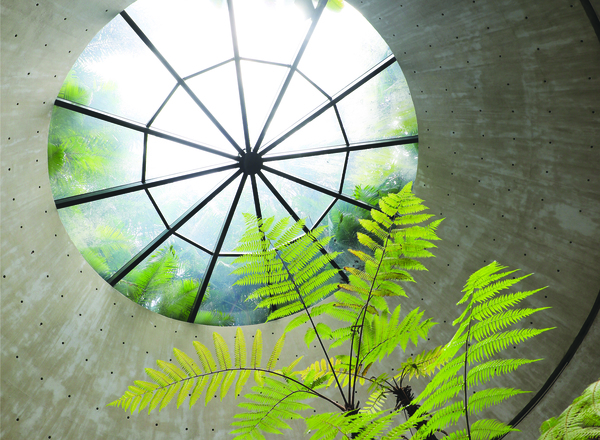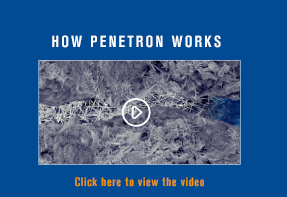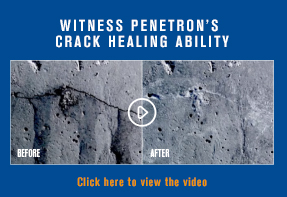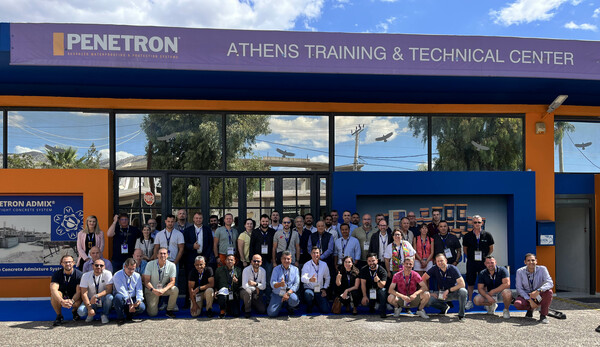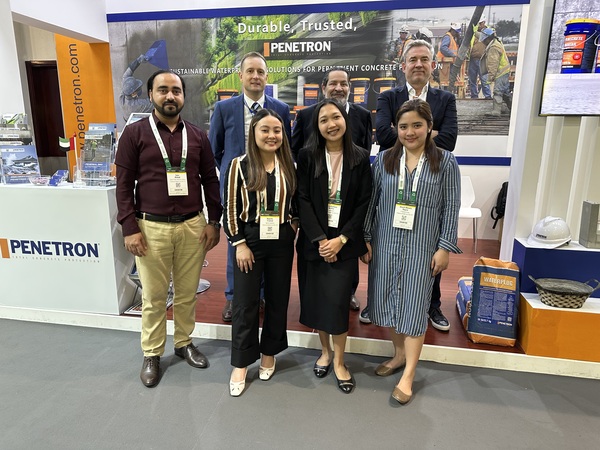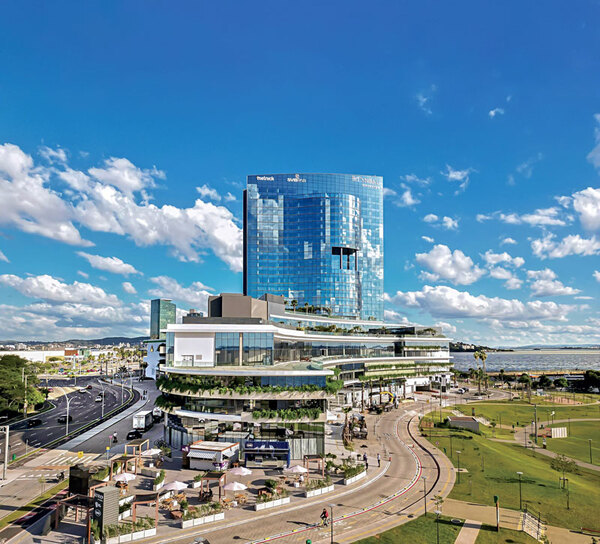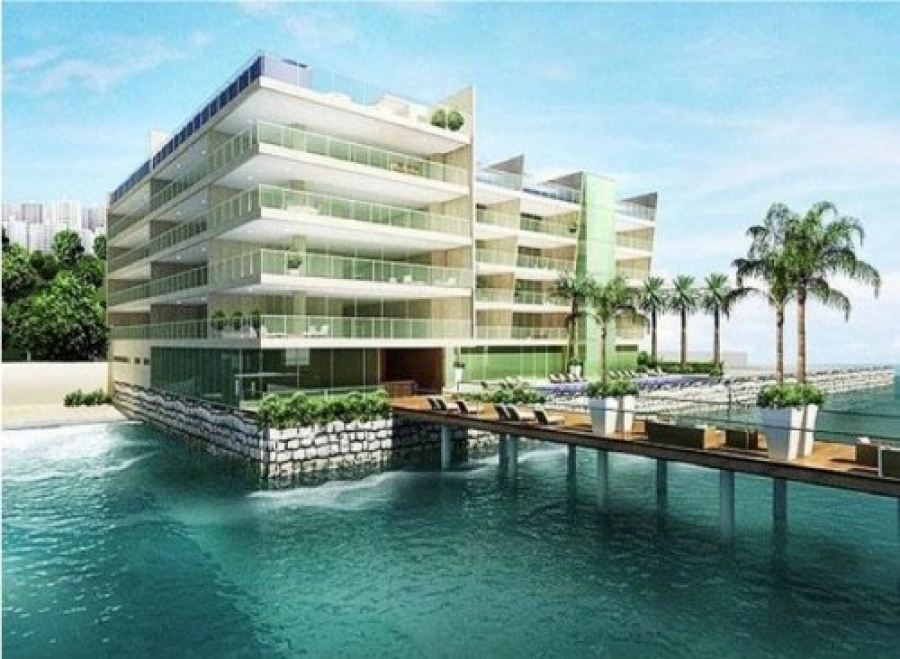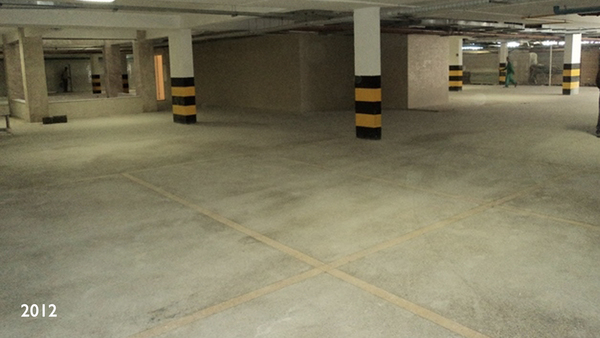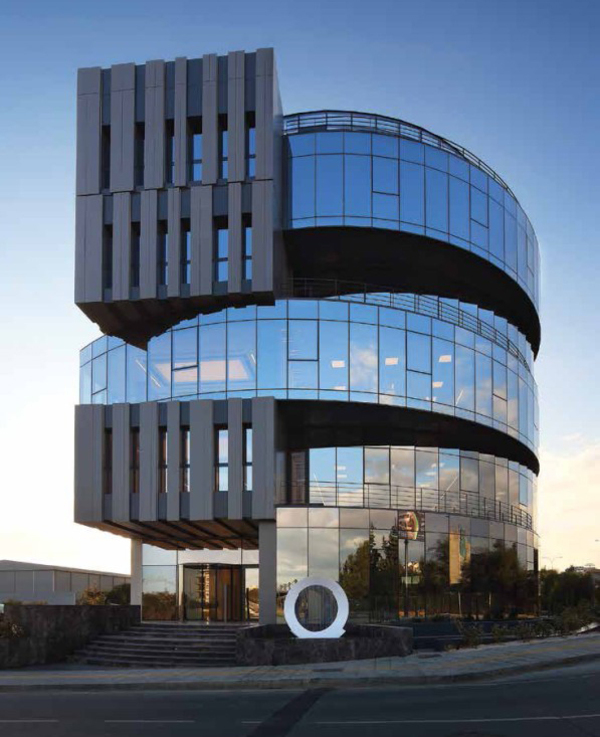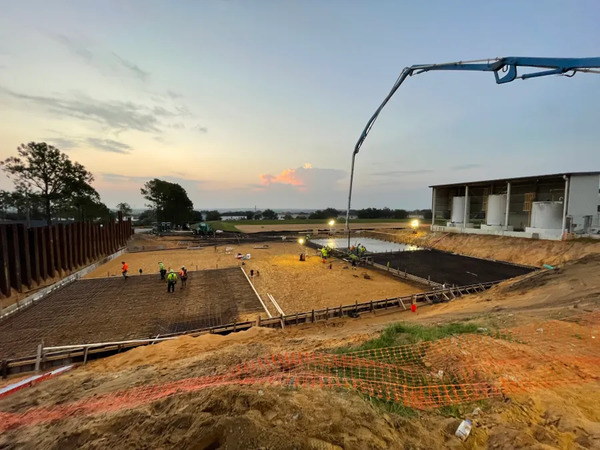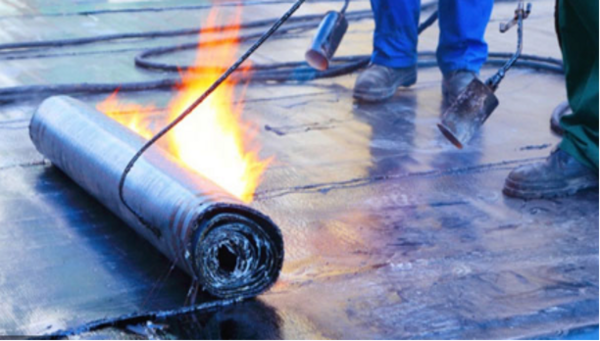
The construction industry has a significant opportunity to reduce its environmental impact by replacing high-carbon-emission materials, particularly in below-grade waterproofing. Below-grade, or underground, waterproofing is crucial for protecting concrete structures exposed to moisture and hydrostatic pressure. However, traditional waterproofing solutions, such as bitumen, PVC, TPO, and EPDM membranes, substantially contribute to carbon emissions due to their production processes and limited durability.
The Carbon Footprint of Conventional Waterproofing Materials
Conventional waterproofing materials are petroleum-based and require energy-intensive manufacturing processes, resulting in high carbon footprints (CFPs). Their limited lifespan also necessitates frequent replacements, compounding their environmental impact. Below is a comparison of their CFPs1:
- Bitumen: 13.40 kg eq CO?/m2
- PVC: 20.25 kg eq CO?/m2
- TPO: 7.13 kg eq CO?/m2
- EPDM: 23.04 kg eq CO?/m2
These figures underscore the urgent need for alternative waterproofing technologies that are both sustainable and durable.
A Low-Carbon Solution: PENETRON ADMIX
Crystalline, self-healing concrete extends the lifespan of structures by minimizing the need for repairs and replacements, further reducing the environmental impact over the structure’s lifecycle.
Additionally, reducing the use of Ordinary Portland Cement (OPC), a major contributor to CO? emissions, is vital for lowering construction’s carbon footprint. This can be achieved by incorporating Supplementary Cementitious Materials (SCMs) like fly ash, slag, and silica fume, which replace part of the cement in concrete mixes. PENETRON ADMIX is fully compatible with SCMs and enhances the performance, durability, and lifespan of these low-carbon concrete mixes, even outperforming conventional durability mixes as per BS 8500-1 standards.
Environmental and Long-Term Benefits
PENETRON ADMIX, a crystalline waterproofing admixture, provides an innovative, low-carbon alternative to traditional surface-applied waterproofing membranes. Added to concrete during batching, PENETRON ADMIX transforms concrete into a self-healing, durable, and waterproof structure.
The carbon footprint of PENETRON ADMIX is significantly lower than traditional materials. For a 0.25 mm thick concrete layer, its CFP is approximately 1.22 kg eq CO?/m2, and even at the maximum dosage for high-performance concrete (4.0 kg/m3)2, the CFP is only 4.9 kg eq CO?/m3—a fraction of the emissions associated with conventional membranes.
Proven Sustainability Impact
Studies indicate that PENETRON ADMIX-treated concrete can reduce carbon emissions by an average of 20% and potentially up to 27% compared to traditional waterproofing methods. This equates to substantial reductions in CO? per square meter of construction, making it a significantly more sustainable choice.
Cost and Lifecycle Advantages
By replacing traditional membranes with crystalline waterproofing technology, construction projects not only contribute to improved environmental conservation, but also reduce costs over the project’s lifecycle by minimizing maintenance and replacement needs.
In summary, PENETRON ADMIX is a proven, low-carbon, and high-performance solution that addresses both environmental and economic challenges in below-grade concrete waterproofing.
1CFP values are adopted from comparative environmental life cycle impact of waterproofing solutions for flat roofs. Application of the studied solutions in the rehabilitation of military infrastructure (Miriana Gon?alves – MSc’s Thesis – Tecnico Lisboa, 2015)
